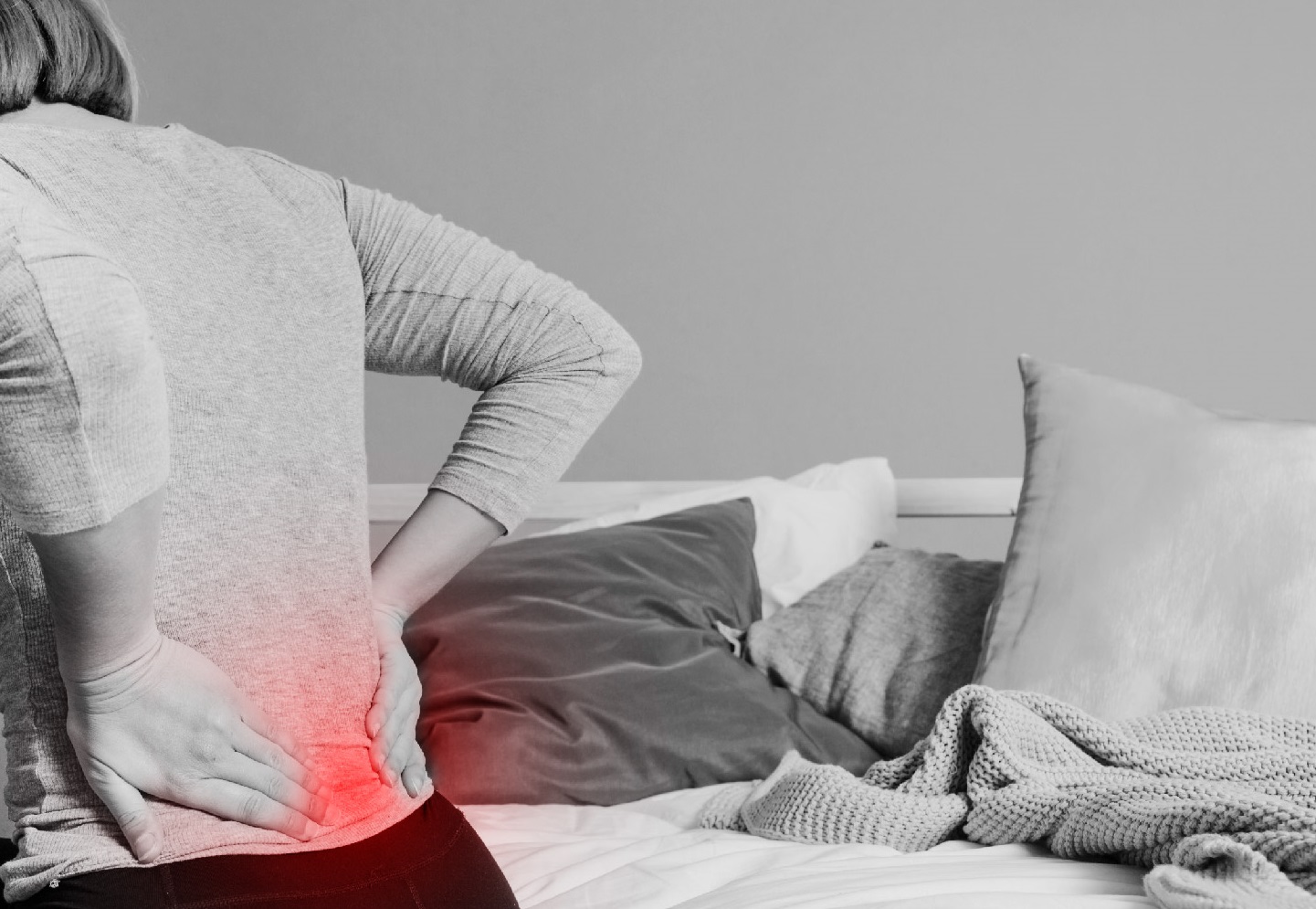Lockdown restrictions in Texas have fluctuated over the past month, but most residents are erring on the side of caution and maintaining strict social distancing. If you’ve been spending the majority of your time at home, you’ve probably noticed an increase in body stiffness, aches, or discomfort.
Continue reading “Experiencing Hip Pain During the Lockdown? Here Are 4 Reasons That May Be the Culprits”How to Stay Active and Feel Your Best During the Lockdown
While the ongoing lockdown officially came to a close in Texas on 1st May, Gov. Greg Abbott recently encouraged residents to stay at home in light of the recent surge in COVID-19 cases. As the pandemic continues to abate and intensify sporadically, people are, for the most part, practicing social distancing and avoiding leaving their homes unnecessarily.
Continue reading “How to Stay Active and Feel Your Best During the Lockdown”The Different Types of Imaging
Imaging involves multiple techniques to examine the inside of a body to diagnose any medical condition. Here are some different types of imaging available:
Continue reading “The Different Types of Imaging”How Can Physical Therapy Help You?
Over the years, physical therapy has emerged as one of the most effective and popular treatments for a wide range of chronic conditions. The noninvasive therapy utilizes exercise, mobility training, electrical stimulation, and more to ease musculoskeletal tension and relieve pain.
Neurosurgical Procedures And The Types of Neurosurgery
There are multiple neurosurgical procedures that are used to treat disorders associated with brain, spinal cord and nerves. Here are some common common neurological conditions and the types of neurosurgery available for them:
Continue reading “Neurosurgical Procedures And The Types of Neurosurgery”Parents And Chronic Joint Pain: 5 Tips for Relieving Pain and Regaining Mobility
As the COVID-19 pandemic reemerges, parents have been struggling to keep their mental and emotional health on track. With schools across Southeast Texas out for the summer, keeping children active, motivated, and encouraged has proven to be more challenging than expected.
According to Time, parents of middle schoolers are especially struggling during the ongoing period of uncertainty and chaos. Create another subset of parents with disabilities and chronic conditions, and the stress increases twofold.
If you’ve been finding it hard to navigate the COVID-19 landscape while tending to your children and suffering from a joint pain condition, you’re not alone.
With over 54 million Americans suffering from chronic joint pain, the likelihood that you’re one of them is pretty high.

We’ve rounded up five tips for relieving joint pain to help you power through the turbulent period and regain your mobility.
1. Distribute Chores Among Your Partner and Children
It’s commons sense that if you experience pain, stop doing what you’re doing. Performing certain tasks that put excessive strain on your joints can exacerbate joint pain, stiffness, and soreness. Don’t be afraid to ask for help. Distribute chores among your partner and your children so that you don’t overwork your joint capsule, ligaments, subchondral bone, and synovium.
If you feel pain, take a break or do the lighter chores to reduce stress on your joints i and keep pain at a minimal.
2. Take a Break

Isn’t it obvious? If you can’t remember the last time you took a breather, it may be time to indulge in one. Breaks help you take the stress off your joints so that they can heal—even for just a few minutes.
Sleep is the ultimate break allowing delicate joint structures to heal overnight.
Be sure to allocate a certain amount of time for rest each day. Whether you take a warm bath to relax stiff joints or take a relaxing yoga class, give yourself some time to relieve stress and joint pain.
3. Incorporate Strengthening Exercises into Your Daily Routine
Strengthening the muscles through exercise is one of the most effective ways to reduce joint pain and enhance mobility.
If you’ve been noticing that your range of motion has been restricted lately, do some strength training exercises to improve your mobility.
You can engage your musculoskeletal system by incorporating hamstring curls, calf raises, wall squats, side leg raises, and leg extensions into your routine. Make sure you use good posture to minimize knee strain.

4. Try Physical Therapy
Physical therapy can play a big role in strengthening joints that have been weakened by excessive wear-and-tear, damage, and inflammation.
If you’re suffering from osteoarthritis or rheumatoid arthritis, see your doctor to see if you should work with a board-certified physical therapist to help ease stiffness, swelling, and discomfort. As you follow proper body mechanics, you’ll notice your overall mobility and balance will improve.
Based on the severity of your symptoms, your physical therapy plan may include one or more of the following treatments:
- Stretches and Exercises
- Electrical Stimulation or Muscle Stimulation
- Iontophoresis
- Ice and Heat Therapy
- Ultrasound Massage
- Manual Therapy
- Vestibular Rehabilitation
5. Consider Joint Surgery
Home remedies, over-the-counter medications, cutting down on stress, and following a strict exercise plan can go a long way in alleviating symptoms. But for more severe conditions joint surgery could be the best way to find long-term relief.
While your condition may vary, in many cases, patients sometimes expect that joint surgery is the best solution, but their doctor will recommend an alternate noninvasive or minimally invasive treatment plan instead.
After examining your symptoms, your doctor and orthopedic specialist can determine the best course of treatment to help you regain optimal joint health. We also offer expert physical therapy services, knee replacement, back surgery, and general surgery.
If you’re suffering from joint pain in Houston, Webster, Galveston, Clear Lake, or League City, visit Houston Physicians’ Hospital, where you’ll find a wide range of custom treatment plans to address chronic joint pain. Browse through our Orthopedic Center of Excellence to learn about our approach or find a doctor on our website where you can schedule an appointment directly with his or her office.






